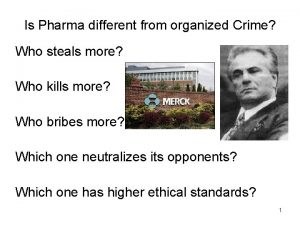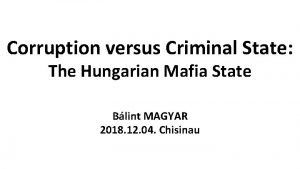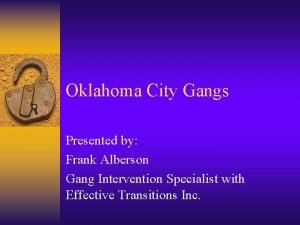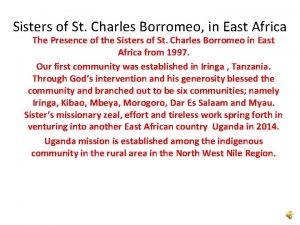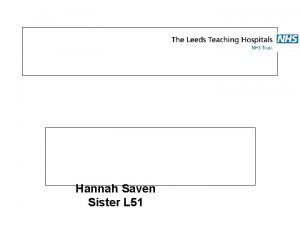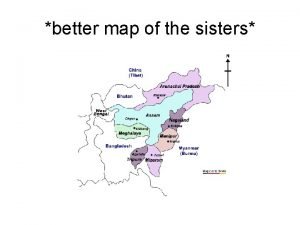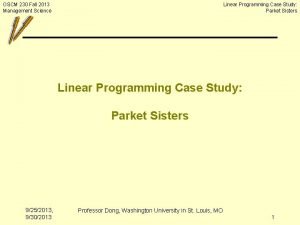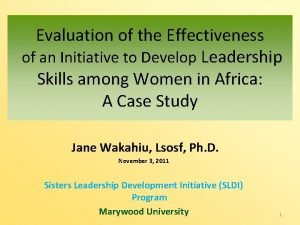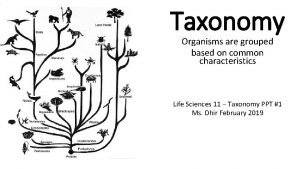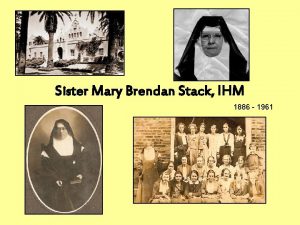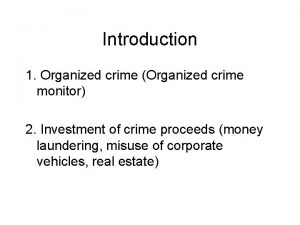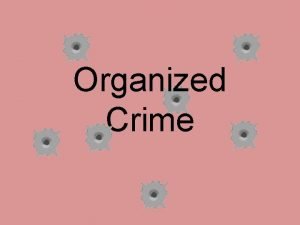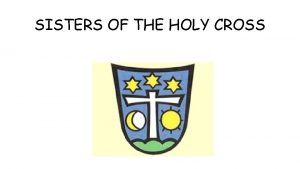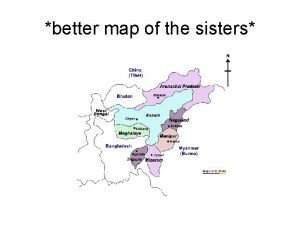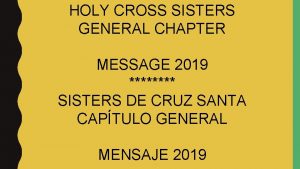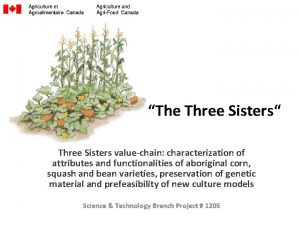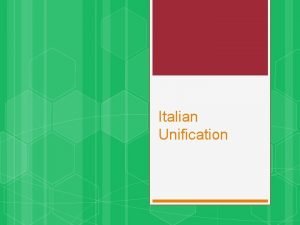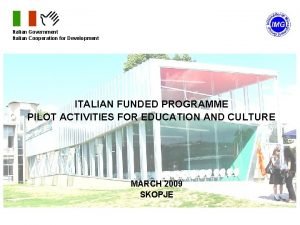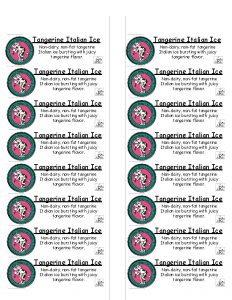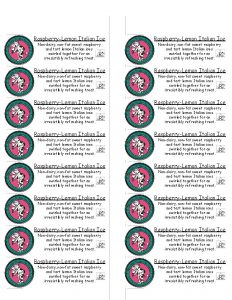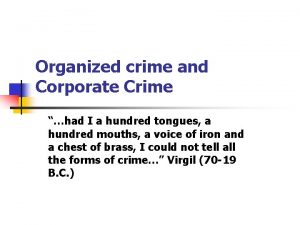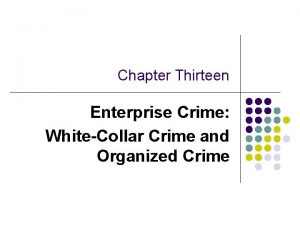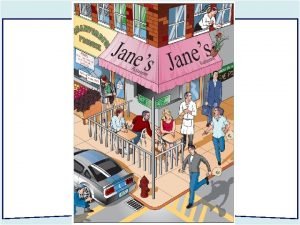Five sisters a k a Italian organized crime





























- Slides: 29

Five sisters a. k. a. Italian organized crime 12. 7. 2012 Petr Kupka

„Five sisters“ Campania – Camorra Puglia – Puglian criminal structures (Sacra Corona Unita) Basilicata – Basilischi (´Ndrangheta) Calabria ´Ndrangheta Sicilia – Mafia/Cosa Nostra 2

Criminal systems or organizations? 3

Cosa Nostra: prologue • Existence of Mafia has been just suspected until 1970´s (mentality vs. organization) • Tomasso Buscetta – pentito (witness „insider“) • local (control of territory) – national (penetration of state institutions) – international level (drug trade) • Honor = loyalty and confidentionality (initiations rituals); spirituality = honor • Murder as a strategy of power enforcement Patriarchal systém of organization • Secret societies = political function of middle 4 class


Cosa Nostra: historical excursion • Sicily – colonial domination until 1860´s • Gabelloti (leaseholders), briganti (brigands), malandrini (thiefs), mafiossi (members of secret societies) • Citrus fruits as a main article of business • Revolt and riots in the 19 th century = societal and economical opportunity • Modern bureaucratic institutions vs. Criminal gangs vs. New bussines companie vs. Political cliques • Violence as a service sector; maffioso – violence „expert“; pizzo – payment for protection

Cosa Nostra: paradigm of complexity (Santino 2003) • Permanent structural phenomenon • • • Società mafiogena: Violence and illegality as a strategy of survival, Violence and illegality are not punished, Weak legal economy to offer an alternative State and institutions seem to be unattainable and are achievable through • Negligible societal response

Cosa Nostra: vývojové fáze (Santino 2003) • Incubation phase (16 th-19 th cent. ) – Sicily as a semiperiphery characterized by violence oligopoly divided between state and power of barons • Agrarian phase (mid 19 th-cent. – mid 20 th-cent. ) – mafia as an expression of middle class; cooperation vs. competition with landlords; role of mafia during debarkation of Allies in 1943 • Urban-enterpreneurial phase (50´s-60´s) – emigration to USA; speculation in the real estate market; mafia as state bourgeoisie; international contacts • Financial phase (70´s – 2006) – drug trade and legalization and cumulation of finance through financial sector, power struggles in Cupollla, visibility • New mafia (after 2006) – „Corleone“ family defeat, effect of LAE succes, question of power distribution on Sicily

9


´Ndrangheta: prologue • Andragathia – masculinity, Andragathia Regio – region • Reason and effect of Calabria backwardness • Vertical form of management was never adopted • „The ubiquitous structure lacking strategic direction, but characterized by organic intelligence “ (DIA)

´Ndrangheta “ • Legend „Osso, Mastrosso a Carcagnosso - società Garduna di Toledo“ • • Predeterminants of creation first´ndrine and honorable society Confino – person accused of memebership in mafia, who is enforced to move from the original region 1884 – word „mafia“ used in the context of confino to describe the Calabrian society Farmers, shepherds and artisans poverty and fear Chudoba a strach farmářů, pastýřů a řemeslníků 2 leverls of power: protection + extortion and control of electorate

´Ndrangheta: schism • Interwar period – agriculture; infiltration within the state administration • Re-organization ´ndrine deliberated of political interests – pizzo as a key element of business – criminalization of organization • Afterwar period – robberies, extortions • Transformation process connected with regional industrialization, urbanization and entertainment industry • Since 60´s attempts to monopolize all economical opportunities in Calabria + accumulation of capital through extortion, kiddnapings and drug trade • Since 70´s costruction industry and public contracts

12/5/2020 Free template from www. brainybetty. com 14


´Ndrangheta – structure • horizontal – criminal clan (locale), created by two and more families (´ndrine) • La Santa – since 70´s autonomous elite; new rituals, new positions and less members; La Santa is not hierarchically superior • Foundation by´ndrine Piromalli (Gioia Tauro) a De Stefano (Regio Calabria) • Direct contacts to masonery

12/5/2020 Free template from www. brainybetty. com 17

´Ndrangheta: pax mafiosa • 1974 -1979 First faida; power equilibrium • 1970 -1988 Kidnappings era • 80´s – no more support for politicians; putting ´Ndrangheta´s own persons into the political system • 1984 -1991 Second faida (Regio Calabria) • 1991 – creation of every-year elected position „capo-crimine“ (mediation of internal conflicts)

Camorra: prologue • Development in poor neighborhoods around Napoli • Gumurra – red cloth coat brought to Naples by Hispano-Serbian businessmen from Sardinia in the period of Spanish domination • Prison as a social market • Initial rituals inspired by catholicism 19

Camorra: historický exkurz • 1820 – foundation of Bella Società Riformata (social function) • First research in 1863 • After 1861 problems with high crime rates and malavita (underground) – government representatives found a „special force“ of camorristi in order to have low class under control because of potential rebellion = institutionalization of criminal social 20 control

Camorra: the offspring of AMGOT and sicilian mafia • Exploitation of malavita against fascist regime • Era of Pascalone 'e Nola (Pasquale Simonetti and „first lady of Camorra“ Pupetta Maresca) • 70. léta – Nuova Camorra Organizzata (NCO; Raffaele Cutolo) vs. Nuova Famiglia (Zaza, Nuvoletta, Alfieri atd. ) + Cosa Nostra (!) 21


Camorra: Nuova Camorra Organizzata • • • Raffaele Cutolo – „the professor“ Recovery of camorra principles Prison as a key social space Startegy – visibility Limited control of territory In oppostion to the Nuova Famiglia


Camorra: Casalesi • One of the most influential clan in Campania • Other structures: Alleanza di Secondigliano, Nuvoletta, Di Lauro • Michele a Pasqaule Zagaria, Antonio Iovine • „trinity“ of leaders (criminal, politican, businessman) • Limited social mobility • Perceived as „dirty Camorra“ until publication of book „Gomorra“


Apulijský zločinecký systém • http: //www. youtube. com/watch? v=Hj. Qd. Uk LCce 0&feature=related • Mafia del Gargano – pastoral type of mafia • Nuova Grande Camorra Pugliese – Cutolo • Sacra Corona Unita – founded as an answer to NGCP – puglian criminal identity; question of existence; smuggling; legitimacy got by ´Ndrangheta • Several clans „undocked“ in criminal 27 netowrks (Parisi, La Rossa)

Basilischi • Fifth mafia - 2007 • Legitimacy got by ´Ndranghety (clan Belloco) in 1994 • Basilicata perceived as a silent oasis • Beggining of criminal activities after 1980 eathquake • Prisons in Lucania perceived as a „universities of crime“ (prisoners for Sicily, Calabria, Puglia, Campania)

Thank you for your attention!
 Organized crime osrs
Organized crime osrs Hungarian mafia
Hungarian mafia War making and state making as organized crime
War making and state making as organized crime What gangs are in oklahoma
What gangs are in oklahoma Five elements and five senses
Five elements and five senses Drum and colors macbeth
Drum and colors macbeth And now with gleams of half-extinguished thought
And now with gleams of half-extinguished thought Five of five
Five of five Sisters of st charles borromeo
Sisters of st charles borromeo Greek family tree
Greek family tree Assalamualaikum brothers and sisters
Assalamualaikum brothers and sisters Schrijver geronimo stilton
Schrijver geronimo stilton Mrs foul
Mrs foul Saven children
Saven children Sisters map
Sisters map Csst sisters
Csst sisters Types of schizophrenia
Types of schizophrenia Parket sisters case solution
Parket sisters case solution The ross sisters ehlers-danlos syndrome
The ross sisters ehlers-danlos syndrome Amoeba sisters enzymes worksheet answers
Amoeba sisters enzymes worksheet answers Sisters participation in the gathering of israel
Sisters participation in the gathering of israel Sisters leadership development initiative
Sisters leadership development initiative Difference between cladogram and phylogenetic tree
Difference between cladogram and phylogenetic tree Ihm sisters calgary
Ihm sisters calgary Symbols in the dollhouse by katherine mansfield
Symbols in the dollhouse by katherine mansfield Foil punnett square
Foil punnett square Two sisters on the terrace renoir
Two sisters on the terrace renoir Cytoplasm structure
Cytoplasm structure Rizal first sorrow
Rizal first sorrow What does macbeth do to macdonwald after he defeats him
What does macbeth do to macdonwald after he defeats him
